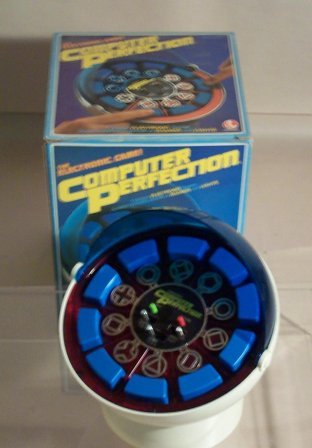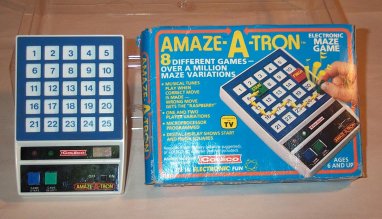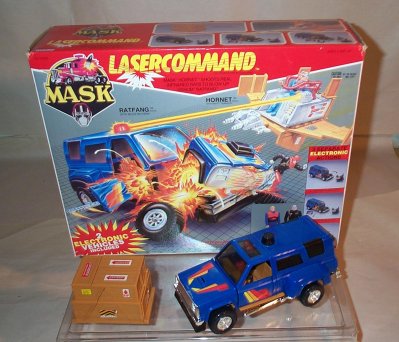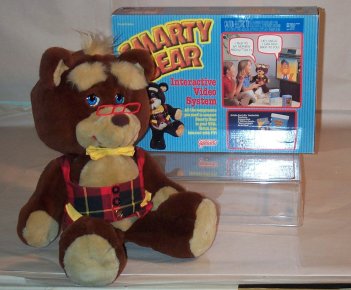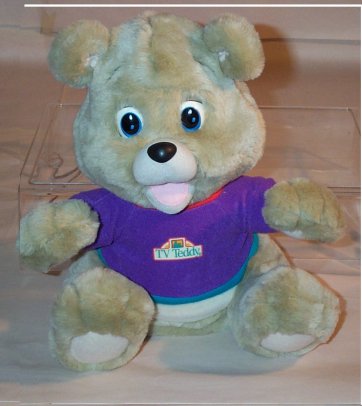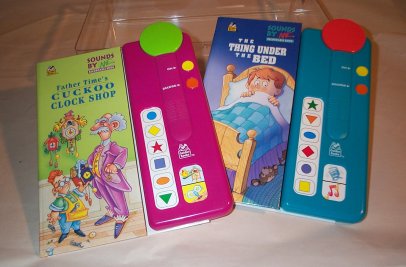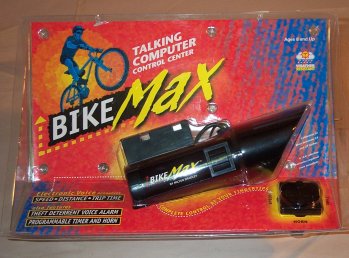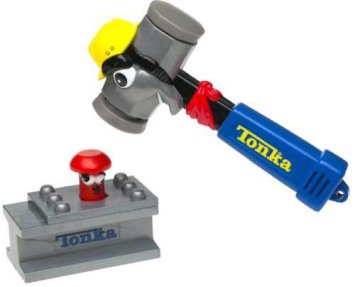|
Ralph H. Baer:
My inventions span some 40+ years of post-W.W.II activities. A large number of them resulted in products that were put into production.
Here are some brief references to some of my more important inventions and products that resulted from them.
History
Baer Continued:
1966: Original concept for playing games using a home TV set; written while Chief Engineer for Equipment Design at Sanders Associates in NH:
Typed Notes
Hand written notes
1967-68: Development of first-generation home video games by Bill Harrison and Bill Rusch under my direction at Sanders; first light-gun video games ('67).
First Generation Pump
Gun Game Box
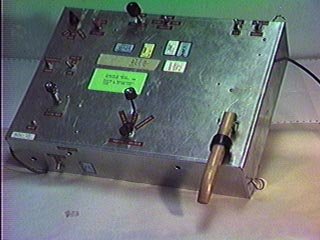
First Generation
Light Gun Game
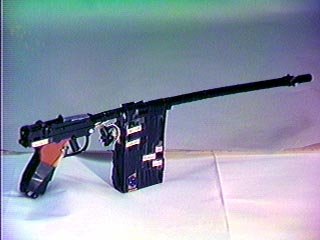
First Generation
Pump Gun Game
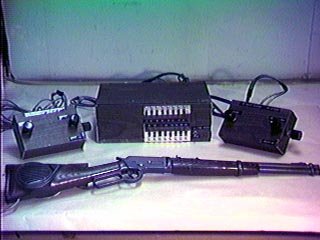
1968-74: Demonstration of system for playing video-games over cable-channel in cooperation with TelePrompTer, NYC ('68) and Warner Cable ('73).
1971-72: Licensing Magnavox to produce home video game; first production "Odyssey" game demonstrated to press by Magnavox 5/72 is production-engineered version of "Brown Box" demo unit built at Sanders by Bill Harrison in 1968-69.
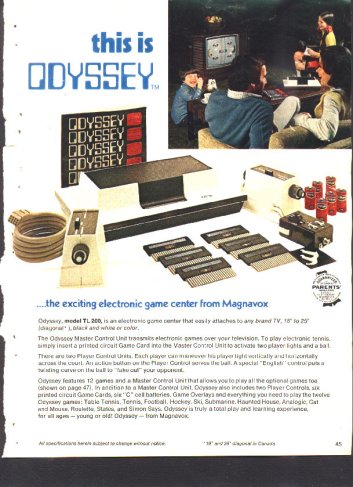
1975: Pioneered microprocessor-controlled, VCR-based Interactive Video Game methods. Invented various systems for nesting data in video signal for real-time interaction between player, VCR-delivered pictorials and microprocessor-generated action-characters on-screen.
1976-77: Ran a group at Sanders under contract to build 6 different video game units for Coleco.
1978: Licensed Coleco to build KID-VID, a preschooler video game using audio cassette tape control and "live" music.
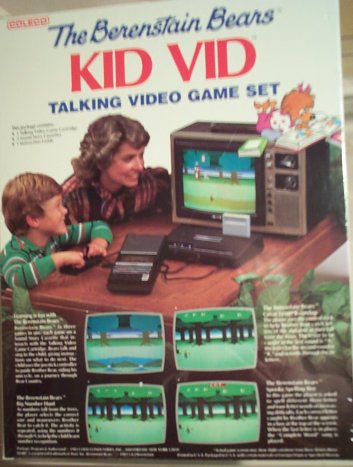
1978: Licensed Coleco to build an interface unit for use between COLECOVISION game or ADAM computer and a 5" version of RCA's Selectavision Video Disc...precursor To Phillips CDI and present CD-ROM game systems.
1978 - Present: Developed many novel interactive hardware and software concepts for video games (Instant Replay; drawing of interactive screen-characters; Interactive CD-ROM game, training and simulation technology.
2004-2006: Produced an entire line of functional replicas of experimental videogame models built in the 1960's and donated these to the Museum of the Moving Image in Astoria, NY.
2005: Donated all original videogame units to the Smithsonian Institution along with 500+ pages of related data.
|
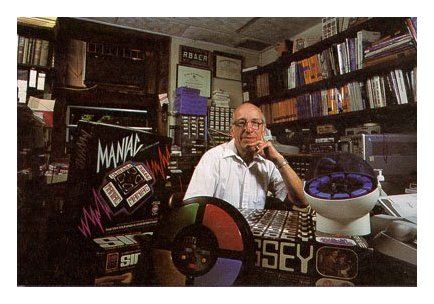
Games and Consumer Products
1978-79: "SIMON" hand-held, single chip microprocessor game licensed by Marvin Glass to Milton Bradley - a perennial favorite, still selling briskly after more than 25 years since its introduction in 1978.
Simon
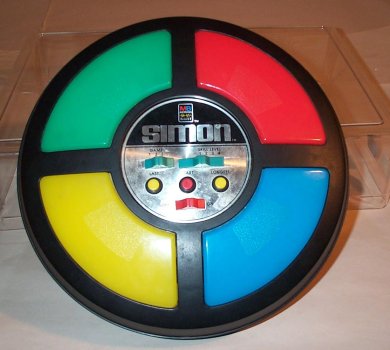
1979-81: A series of micro-processor controlled hand-held games including:
Maniac

Computer
Perfection
Amaz-A-Tron
1985: "LASER COMMAND", an electro-optical toy for Kenner based on the MASK figure series.
1987: "Smarty Bear Video", a Galoob product allowing a plush bear to "interact with and talk to his friends" on the screen of a TV set while playing a VHS cassette containing a cartoon and nested data and voice.
1994: "TV Teddy", a Yes!Entertainment product...another interactive, plush bear based on the "Smart Bear" patent and others (covering Voice signals nested in video signal).
1994: "Sounds-by-Me", an interactive, book licensed to Golden Books (Western Publishing) making use of a novel single-chip voice storage and playback device. It allows kids to record short speech segments prior to reading the book; while reading, pressing buttons delivers these speech segments in the kid's own voice.
1996: "Bike Max", a Milton-Bradley product for bicycles that "speaks" the bike's speed, distance traveled, time traveled; makes horn sounds and has a voice-warning feature to prevent theft.
2000: Created a line of "Talking Tools" for Hasbro
|
